Stay Up To Date
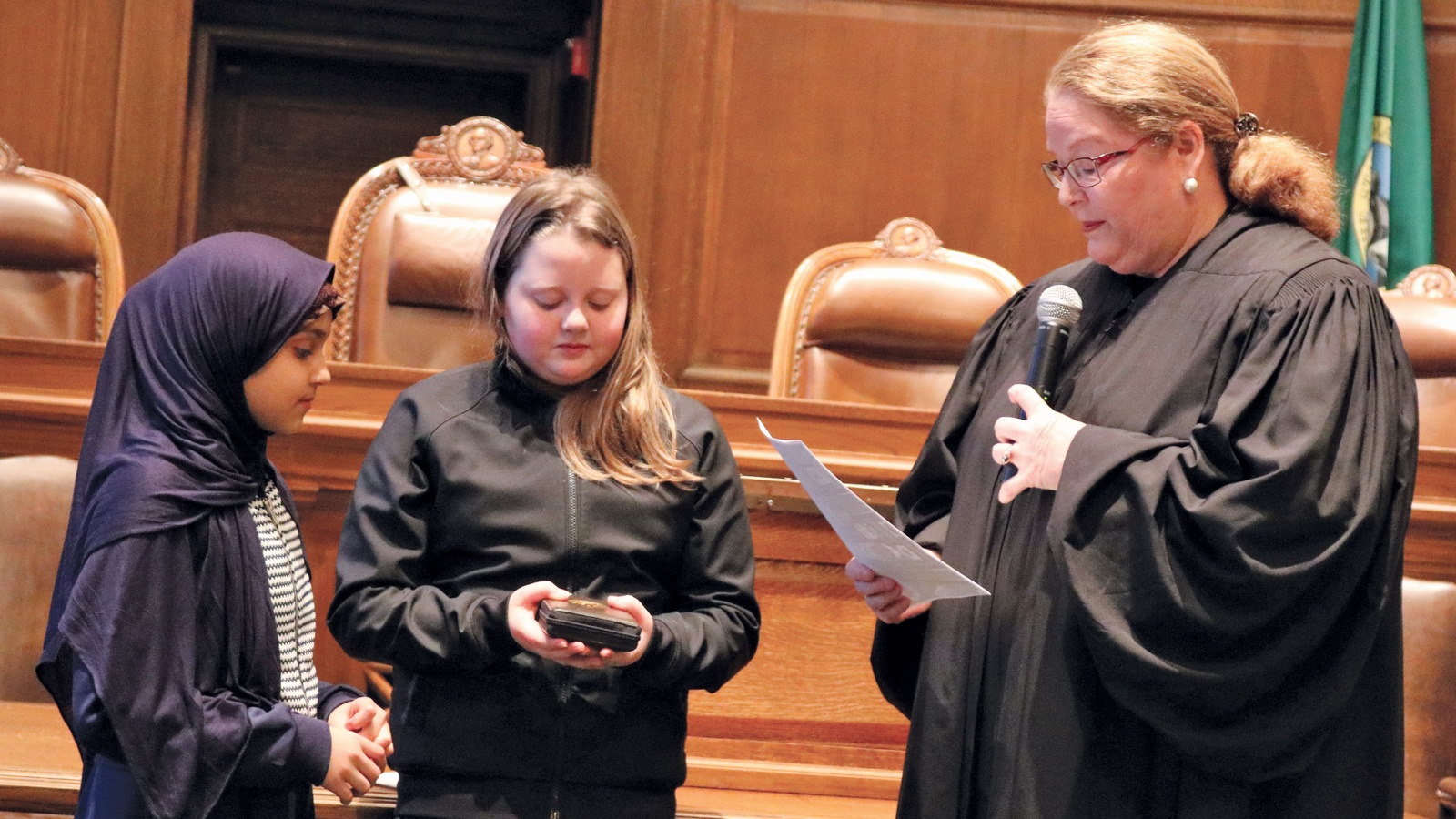
Incorporate Service Learning to Help Students Use Civics Beyond the Classroom
Service learning has been a cornerstone of my educational approach for over a decade.

5 Ways to Empower Students with Hands-On Learning
As educators we strive to provide students with hands-on learning opportunities as much as we can.
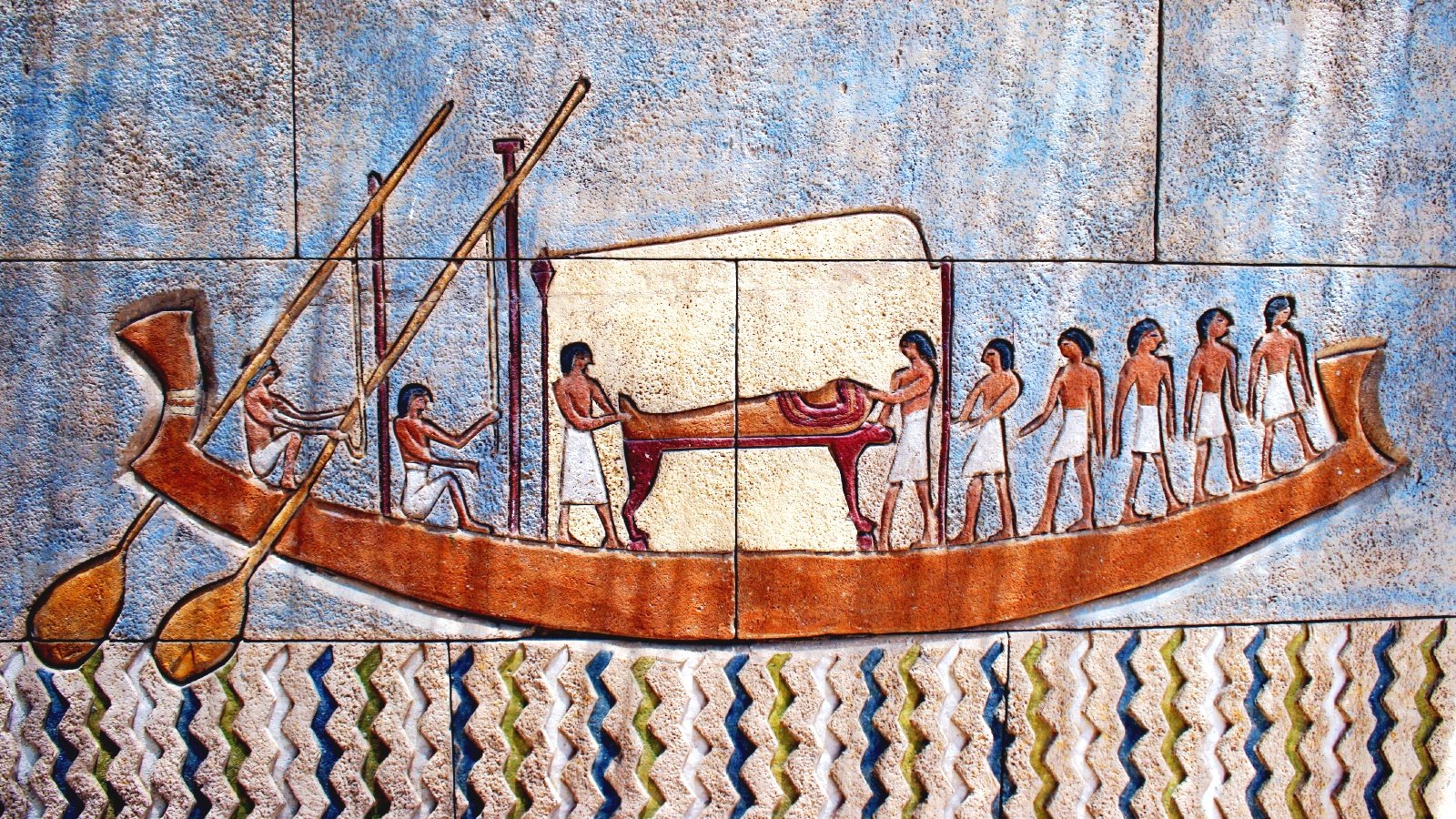
Three Easy Immersive Activities to Teach Ancient History
Let’s face it, ancient history isn’t the easiest subject to get middle and high school students excited about.
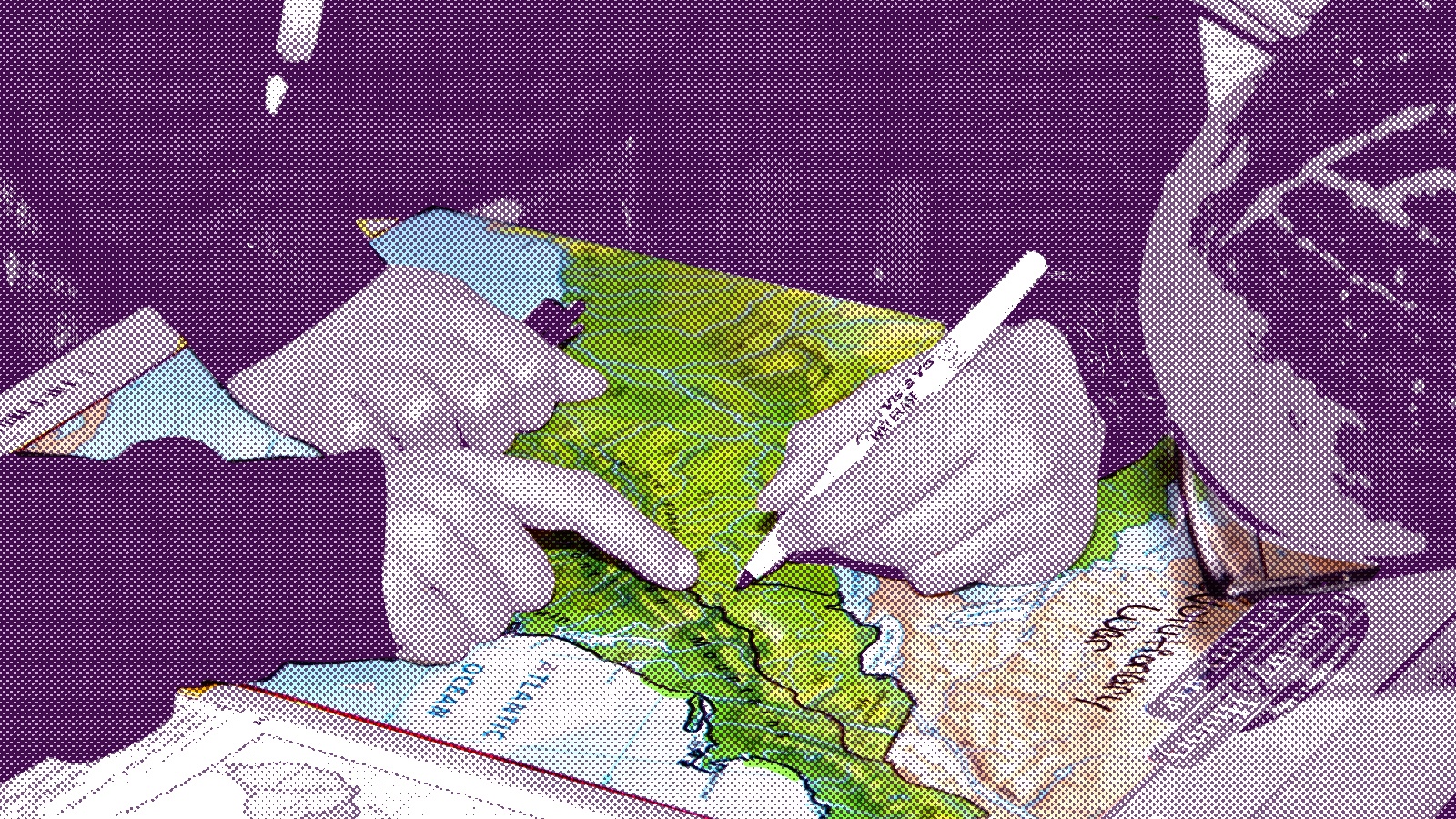
What to Look for in Excellent Hands-On Learning Resources
If you’re new to hands-on learning, or have used it for some time, you may be asking yourself, “What do I look for when selecting hands-on learning resources?”
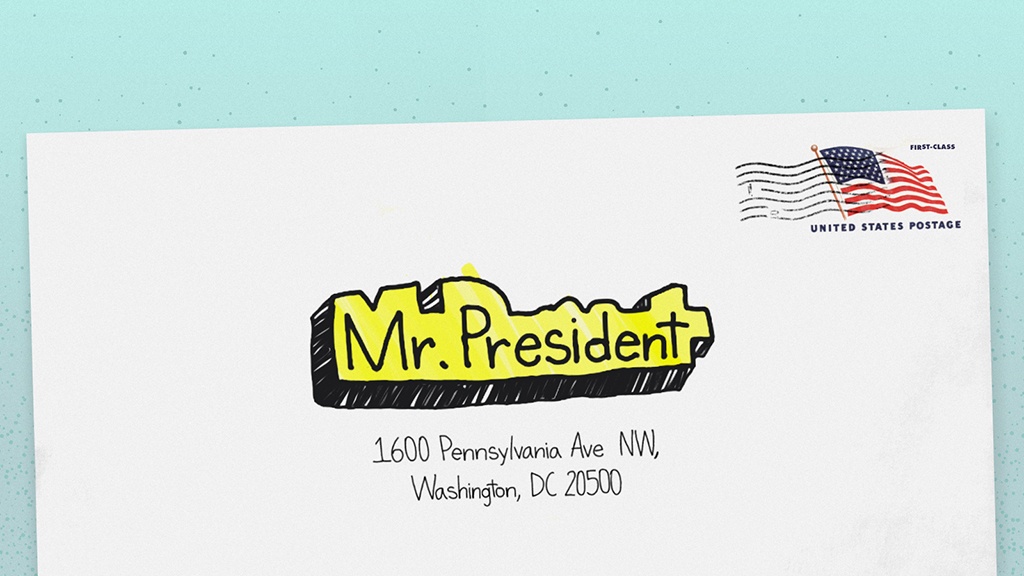
4 Guidelines for Inspiring Students to Take Informed Action on Current Issues
Many social studies teachers want to inspire their students to apply what they are learning in class outside of school.

Engage Students in Geographic Analysis: The Map Gallery Walk
This geography activity makes maps applicable to student lives by getting students out of their chairs and interacting with the material.
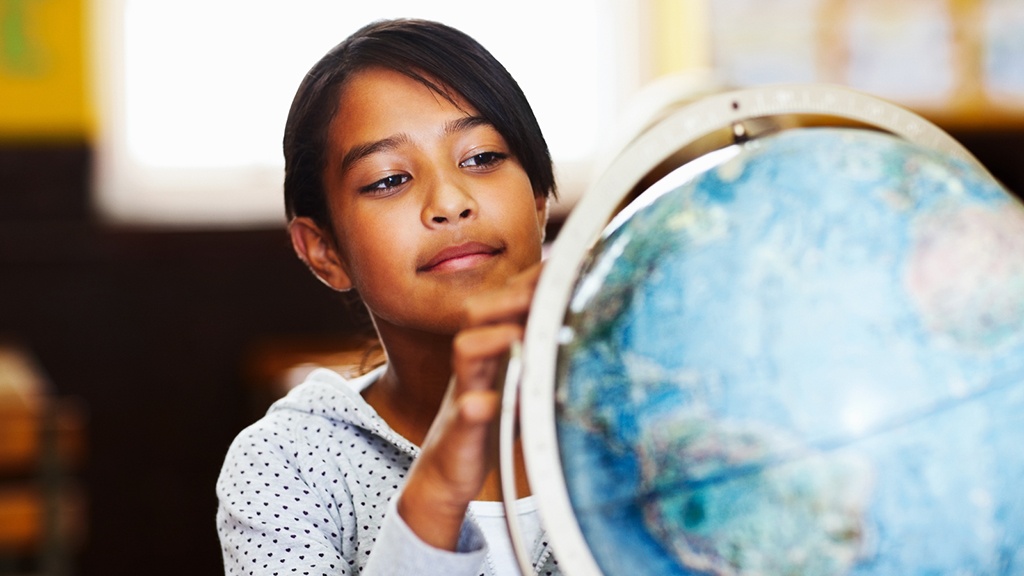
Hands-On Learning: A Quick Summary of Everything You Need to Know
Here’s a quick and easy summary of everything you need to know about hands-on learning for social studies.

7 Considerations for Implementing Hands-On Learning in Social Studies
Many social studies K-12 teachers I’ve talked to want to introduce hands-on and experiential learning into their classrooms but are overwhelmed by where to start and how to implement it.
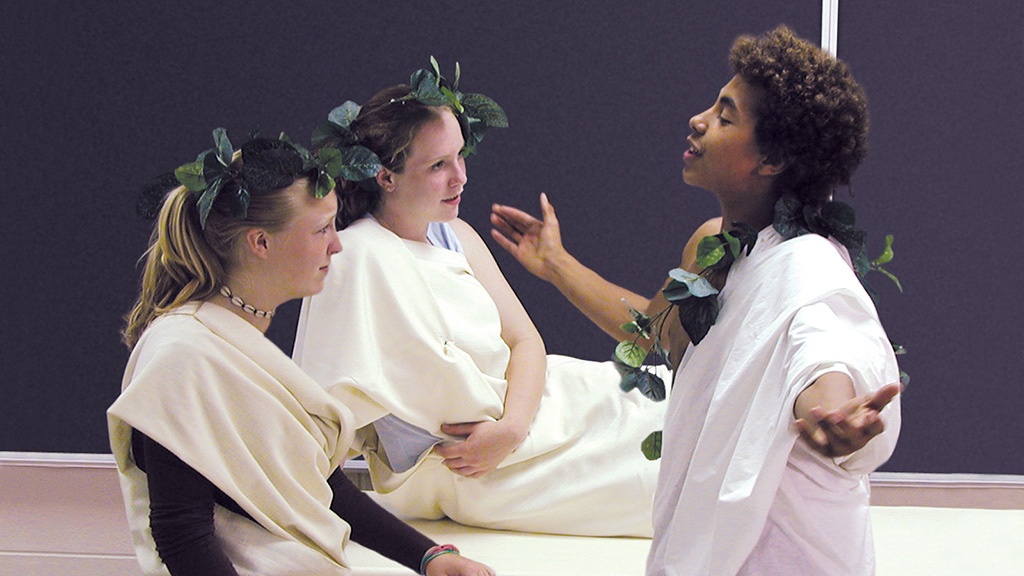
7 Reasons Social Studies Teachers Should Use Role-Playing Simulations
Role-playing simulations are great for retention, comprehension, literacy, and group decision-making.